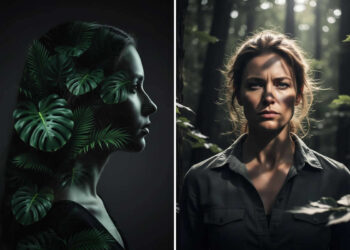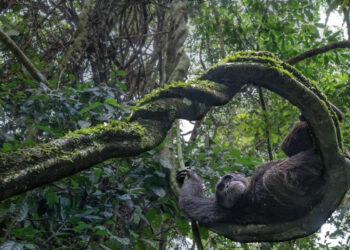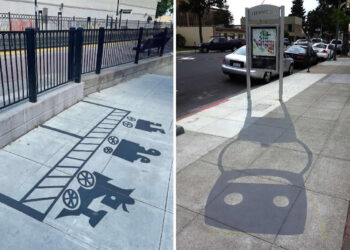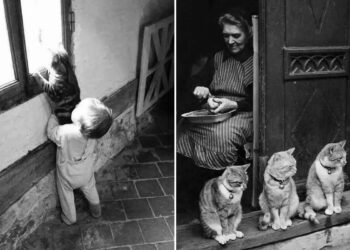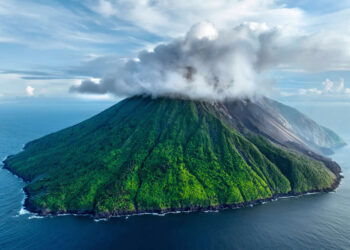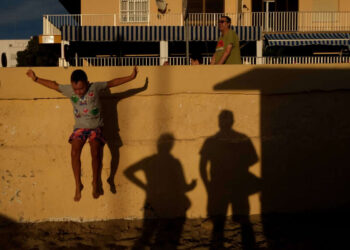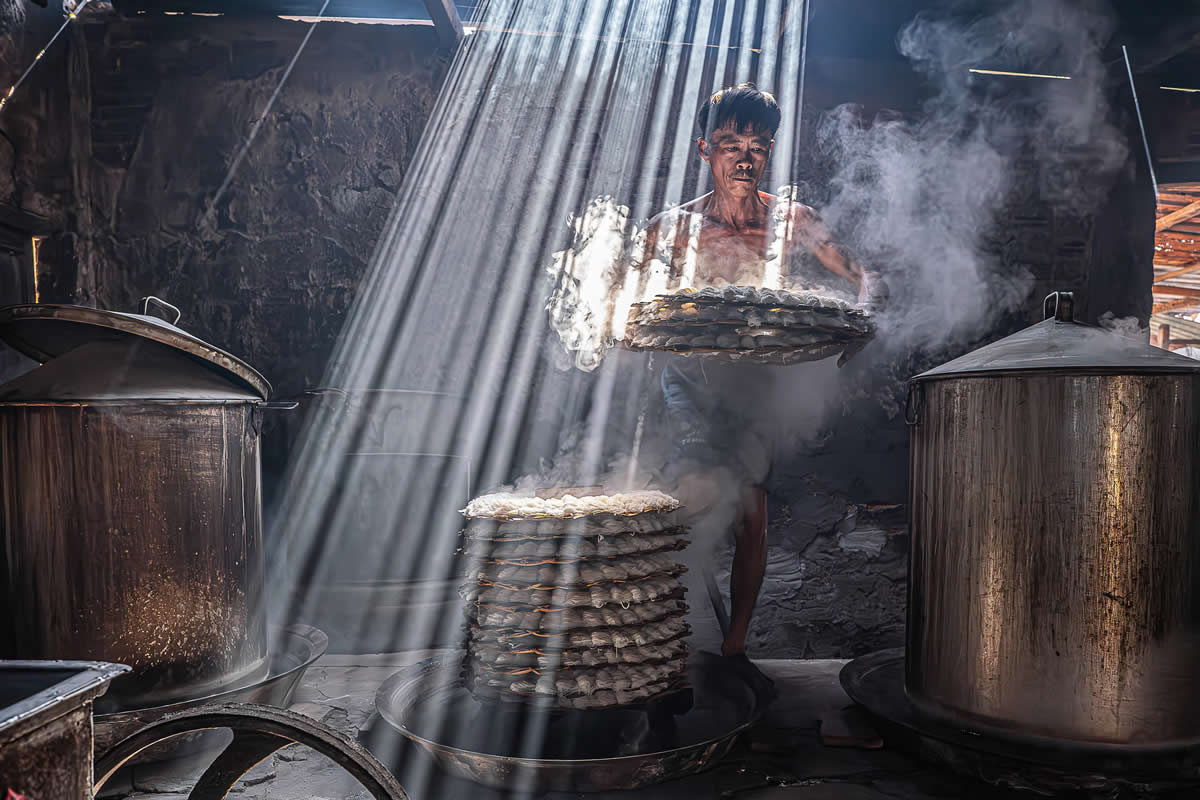Documentary photography is one of the most compelling visual forms of storytelling. Unlike staged or commercial images, documentary photos capture real people, real places, and real moments—often during times of social, political, or historical significance. Through the lens of a documentary photographer, the invisible becomes visible, the marginalized are given a voice, and fleeting moments are immortalized for generations to witness. These images are not only artistic achievements; they are historical documents and moral testimonies.

Photo by: Henri-Cartier Bresson / Magnum Photos
Over the last century, certain photographers have elevated the genre into a powerful medium for change. Their work has opened the eyes of the public to injustice, war, poverty, resilience, and beauty in places often ignored or misunderstood. They’ve ventured into war zones, lived among their subjects, and devoted years to single projects, all in pursuit of the truth. Their photographs have appeared on the pages of Life, National Geographic, and The New York Times, helping to shape public opinion and, in some cases, influence policy.
This article pays tribute to ten legendary documentary photographers who transformed the way we see the world. From Lewis Hine’s early fight against child labor to Gordon Parks’ intimate lens on racial injustice, and from Henri Cartier-Bresson’s poetic “decisive moments” to Mary Ellen Mark’s heartfelt portraits of society’s outcasts, each photographer brought a unique vision and deep commitment to their craft. Together, they form a powerful legacy—one that continues to inspire photographers and storytellers around the globe today.
#1. Dorothea Lange
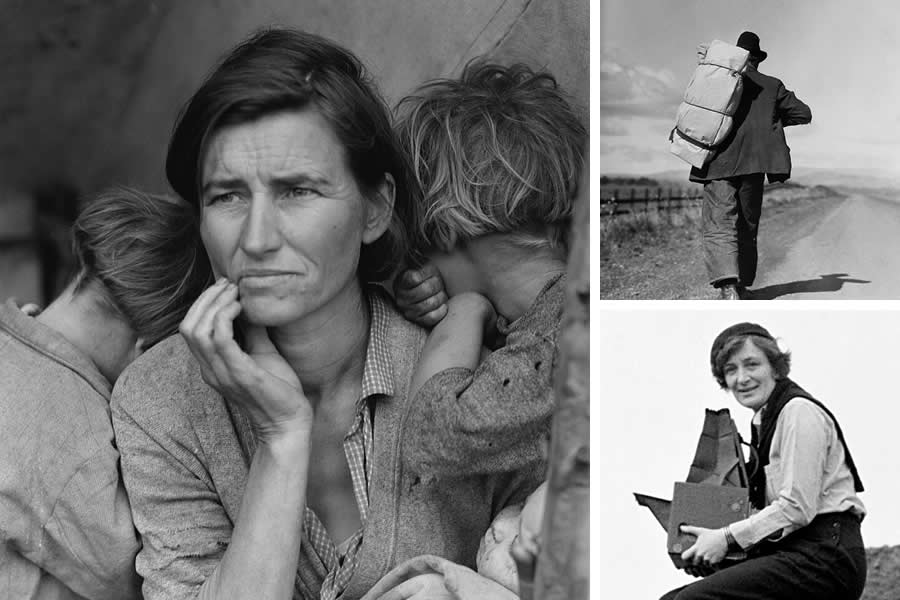
Dorothea Lange was a pioneering documentary photographer whose empathetic images gave a human face to the struggles of the Great Depression. Working for the U.S. Farm Security Administration, Lange traveled across America capturing powerful portraits of displaced farmers, migrant workers, and impoverished families.
Her most famous photograph, Migrant Mother, taken in 1936, became an enduring symbol of resilience during hardship. Lange’s work went beyond aesthetics—it was deeply rooted in social awareness. She used her camera as a tool for advocacy, revealing the dignity and strength of people often overlooked by society. Her legacy continues to influence generations of socially conscious photographers.
#2. Henri Cartier-Bresson
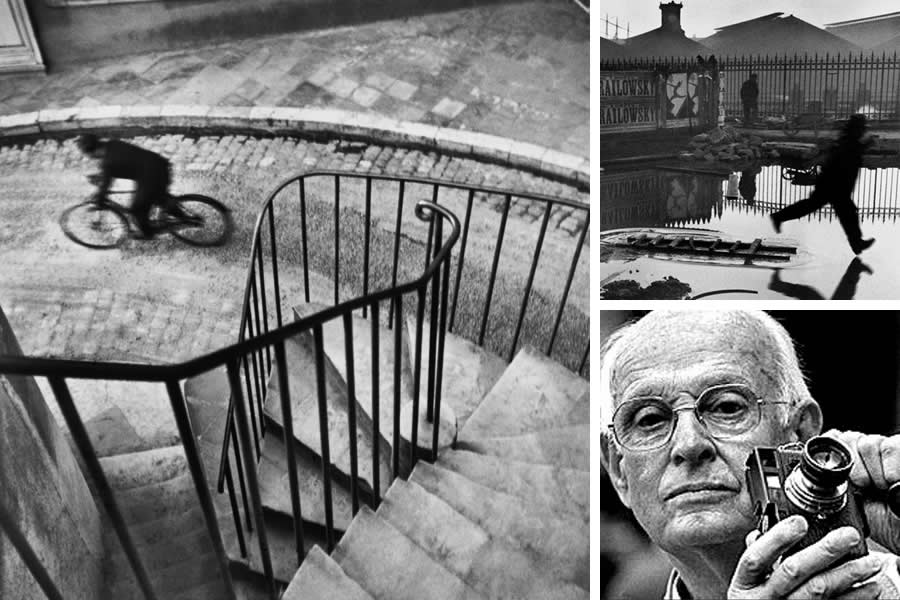
Henri Cartier-Bresson is widely regarded as the father of modern photojournalism. A co-founder of Magnum Photos, he revolutionized documentary photography through his concept of the “decisive moment”—capturing a scene at its peak of meaning and emotion. Cartier-Bresson was a master of composition, often using geometry and natural framing to enhance the spontaneity of his images.
His work ranged from war coverage and political upheavals to quiet, everyday moments that revealed deeper truths. Cartier-Bresson’s ability to remain unobtrusive allowed him to photograph subjects in their most natural state, creating intimate and timeless portraits that remain influential across both journalism and fine art photography.
#3. Gordon Parks
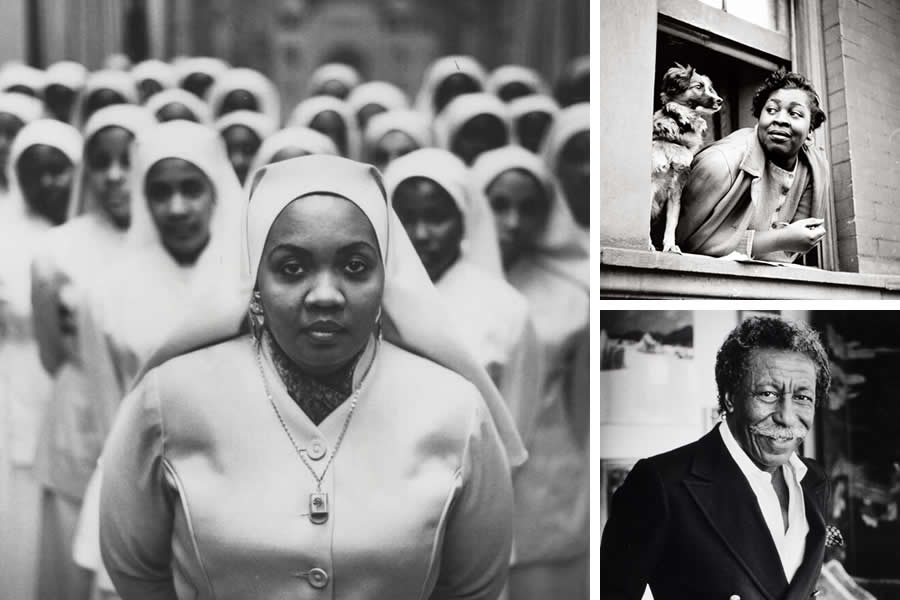
Gordon Parks was a groundbreaking American photographer, filmmaker, and writer whose work confronted issues of race, poverty, and social justice. As the first Black staff photographer for Life magazine, Parks used his platform to spotlight the struggles of African Americans during the civil rights era. His photo essays, such as Harlem Gang Leader and The Restraints: Open and Hidden, portrayed the harsh realities of segregation and inequality with striking honesty and humanity.
Parks believed that the camera could be “a weapon against poverty, against racism, against all sorts of social wrongs.” His career also spanned filmmaking, including the direction of the classic film Shaft, making him a multifaceted cultural icon.
#4. Sebastião Salgado
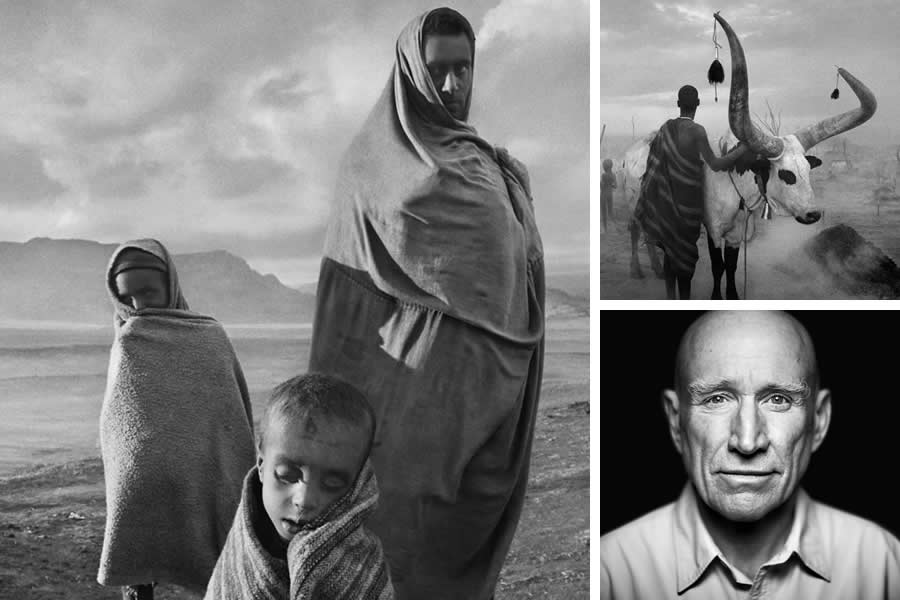
Sebastião Salgado is a Brazilian documentary photographer renowned for his epic black-and-white projects that explore the human condition and the planet’s natural beauty. Originally trained as an economist, Salgado turned to photography in his 30s, driven by a desire to document global social issues. His major works—Workers, Migrations, and Genesis—span decades and continents, focusing on labor, displacement, and environmental preservation.
Salgado’s images are grand, poetic, and intensely emotional, often resembling classical paintings. His style is as much about aesthetics as it is about advocacy. Through his Instituto Terra project, he and his wife have also reforested thousands of acres in Brazil, showing his commitment to change extends beyond the camera.
#5. W. Eugene Smith
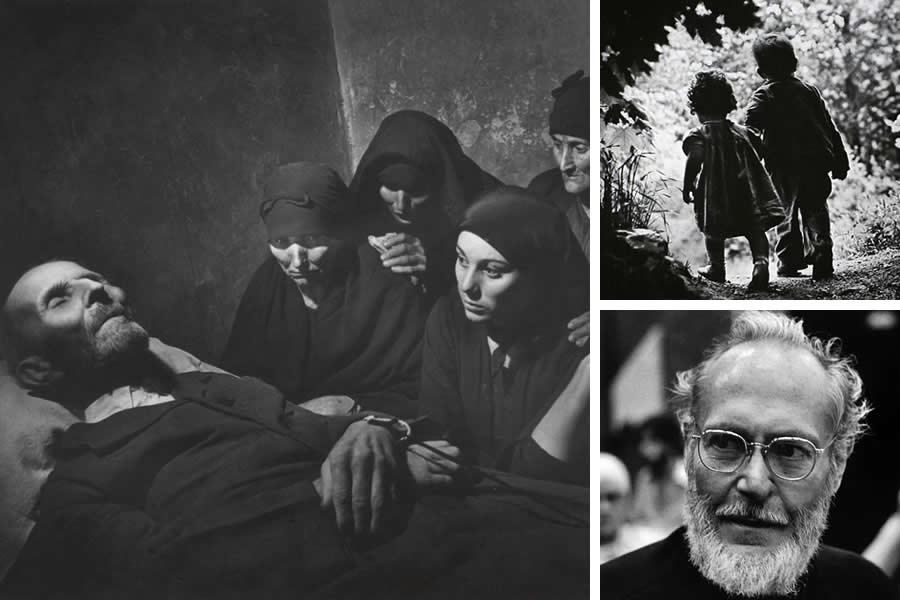
W. Eugene Smith was an uncompromising photojournalist whose deeply emotional photo essays set new standards for storytelling in photography. He worked for Life magazine in the 1940s and 50s, producing seminal essays such as Country Doctor, Nurse Midwife, and Spanish Village. His work was characterized by a fierce dedication to truth and a willingness to immerse himself in his subjects’ lives.
Smith’s most powerful and controversial work came later in his documentation of Minamata, Japan, where mercury poisoning had devastated a fishing community. The haunting images from that series became iconic symbols of environmental injustice. Smith’s intensity and passion made him a legend—and a martyr—of photojournalism.
#6. Margaret Bourke-White
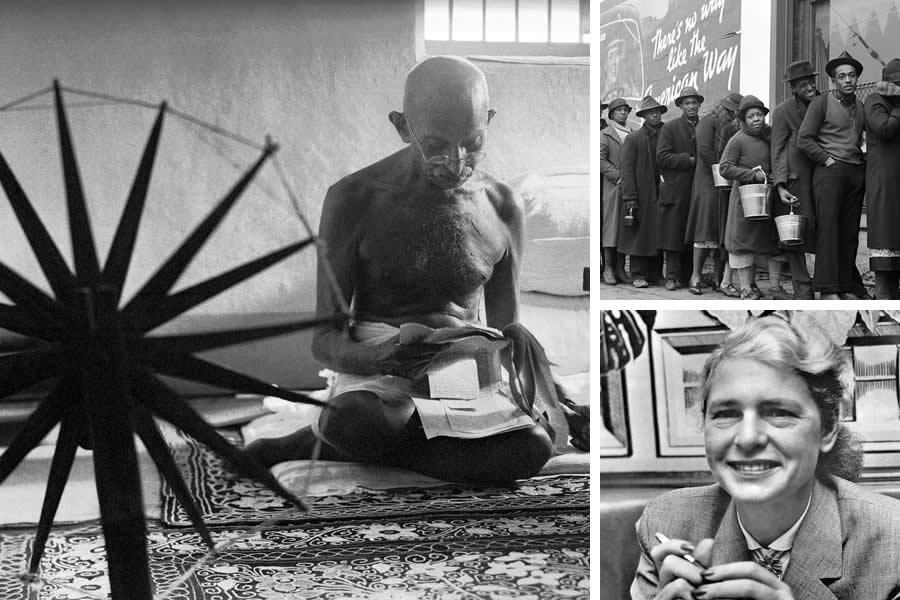
Margaret Bourke-White was a trailblazing photojournalist and one of the first women to break into the male-dominated world of documentary photography. She was Life magazine’s first female staff photographer and the first female war correspondent accredited by the U.S. military. Her images ranged from industrial photography in the Soviet Union to coverage of World War II, including the liberation of Buchenwald concentration camp.
Bourke-White’s powerful photo essays combined technical precision with human sensitivity. She had a knack for capturing the scale of historical events while focusing on the individual’s experience. Her groundbreaking career opened doors for future generations of female photographers and redefined the role of women in media.
#7. James Nachtwey
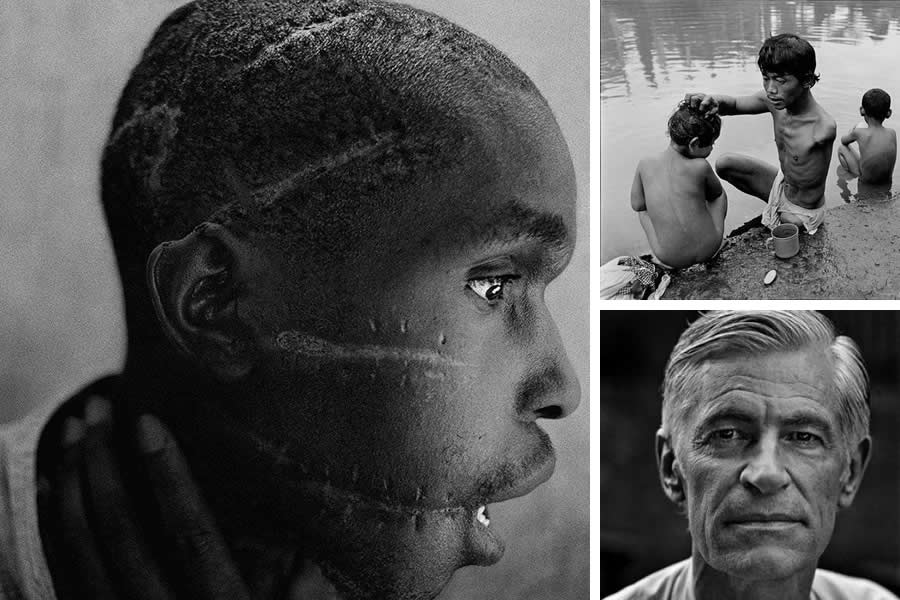
James Nachtwey is one of the most revered war photographers of our time, known for his harrowing yet humanistic images of conflict, famine, and political strife. His career spans decades and numerous global crises, from Rwanda’s genocide to the wars in Iraq and Afghanistan. Nachtwey’s photographs are striking for their stark realism and powerful emotional depth.
He approaches his work with profound empathy, striving not to exploit suffering but to bring attention to it. His commitment to bearing witness, often at great personal risk, has earned him numerous accolades. Nachtwey believes that photography has the power to inform and, ultimately, to catalyze change in the world.
#8. Robert Capa
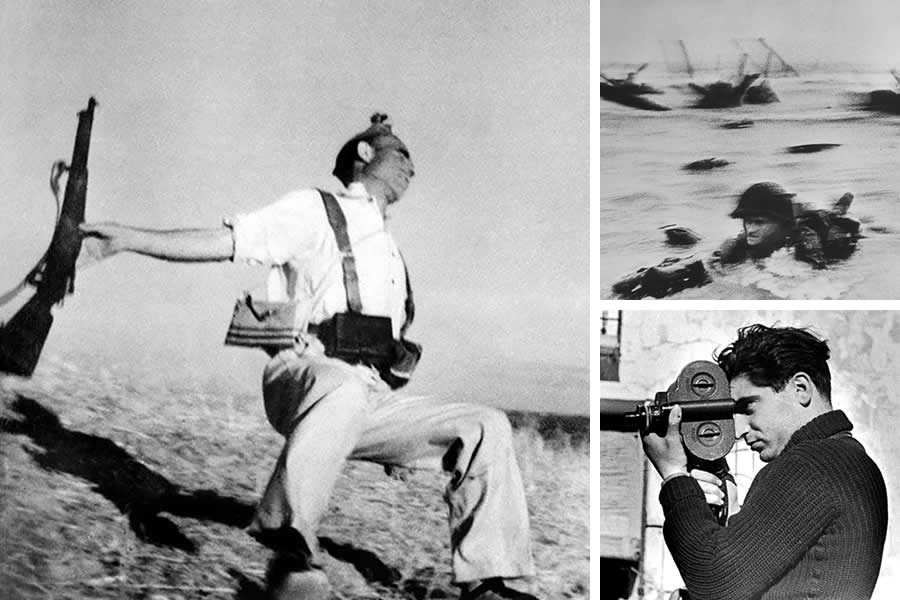
Robert Capa was a Hungarian-American war photographer and co-founder of Magnum Photos. He captured some of the most iconic images of the 20th century, including the Spanish Civil War, World War II, and the D-Day landings. Known for his fearless approach, Capa famously declared, “If your pictures aren’t good enough, you’re not close enough.” His gritty, on-the-ground images brought the realities of war to the public in unprecedented ways.
Despite controversy surrounding the authenticity of some images, Capa’s legacy remains strong. His charisma, daring, and ability to photograph amid chaos redefined what it meant to be a war photographer. He died doing what he loved—covering conflict in Indochina in 1954.
#9. Mary Ellen Mark
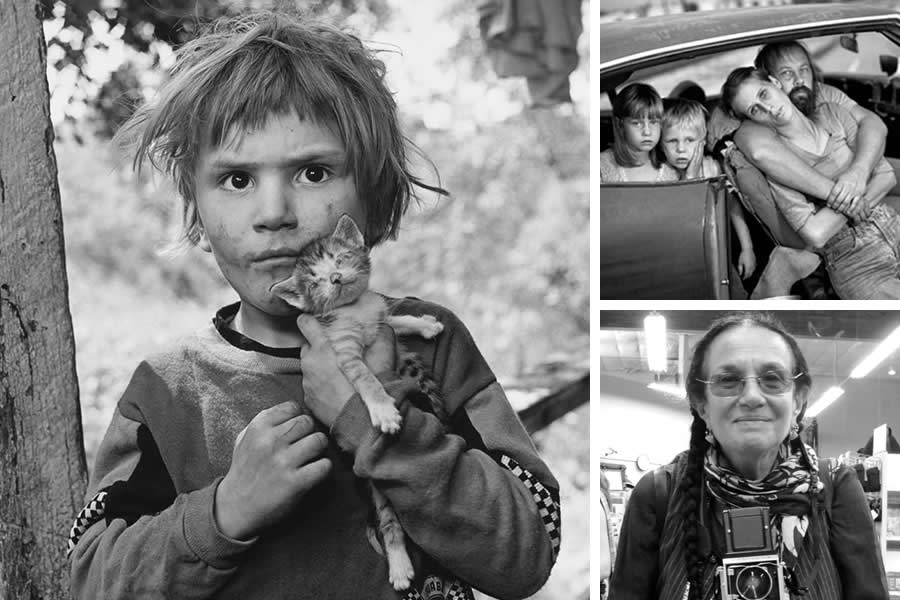
Mary Ellen Mark was an American photographer celebrated for her powerful portraits of people on the fringes of society. Her subjects included street children, patients in mental institutions, and sex workers—individuals often ignored or misunderstood. Through long-term projects like Streetwise, Ward 81, and Falkland Road, Mark demonstrated extraordinary empathy and trust-building with her subjects.
Her photos are intimate yet unflinching, balancing compassion with a raw, journalistic edge. Mark believed in the importance of immersive storytelling, often spending months or years with those she documented. Her legacy lies in her unwavering belief that every person, no matter their circumstance, deserves to be seen and heard.
#10. Lewis Hine
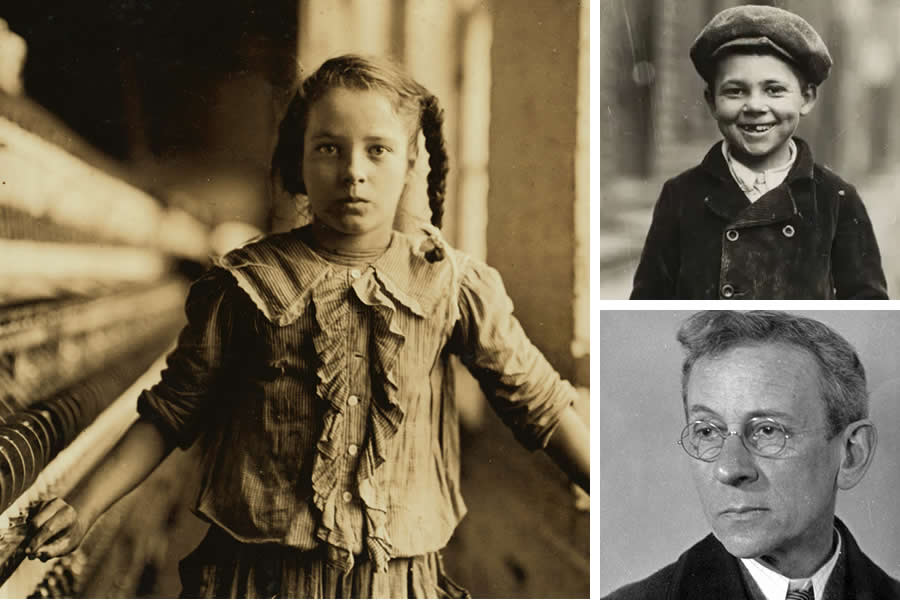
Lewis Hine was a sociologist turned photographer who used his camera as a force for social reform. In the early 20th century, Hine documented child labor practices across the United States for the National Child Labor Committee. His stark, poignant images of young children working in factories, mines, and fields played a crucial role in changing U.S. labor laws. Hine’s photographs weren’t just art—they were evidence, used in legislative hearings to push for child labor regulations.
Later, he captured the dignity of workers building the Empire State Building. Hine’s belief that the camera could reveal injustice and inspire progress still resonates today, making him a foundational figure in the history of documentary photography.
Conclusion: The Enduring Legacy of Documentary Photography’s Pioneers
The ten photographers featured in this article did more than document history—they helped shape it. Through courage, empathy, and an unyielding commitment to truth, they used their cameras to illuminate injustice, celebrate humanity, and inspire change. Their work continues to resonate today, reminding us of the power of images to influence hearts and minds.
In a world overwhelmed by visuals, their timeless photographs stand out for their honesty and impact. These pioneers set a standard for documentary photography that challenges future generations to look deeper, care more, and use their lens not just to see—but to understand.

